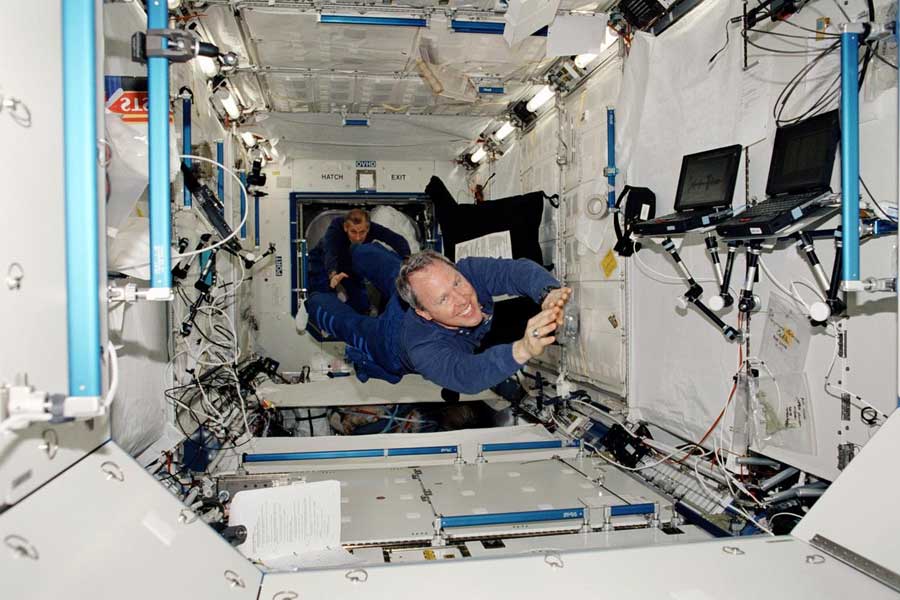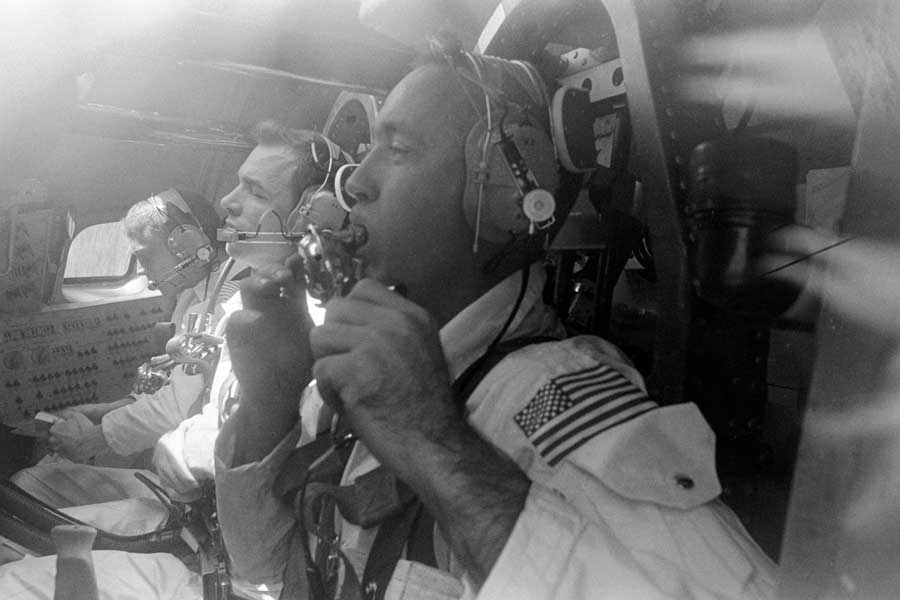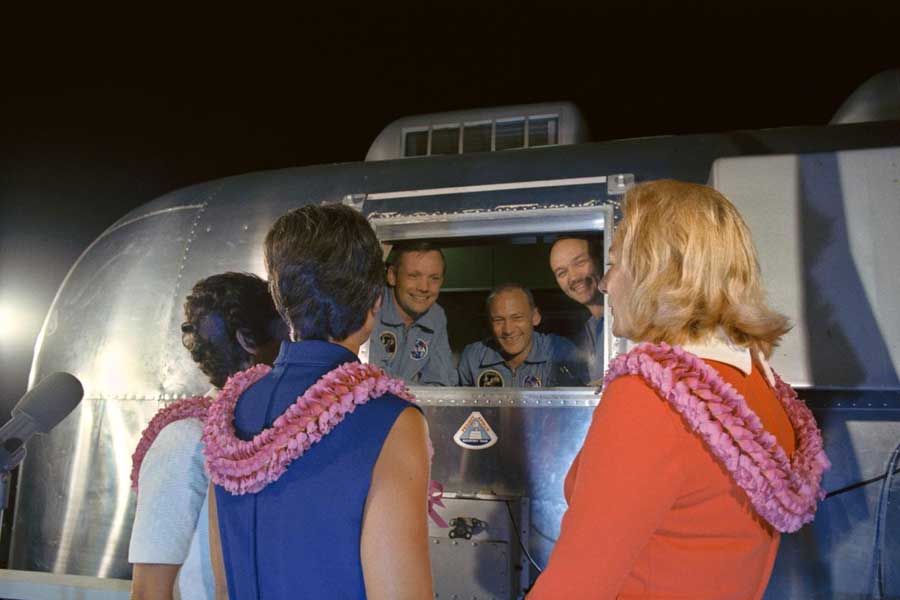While Kennedy Space Center has paused operations during this difficult time, they will re-open to engage and entertain your family when it is safe to do so. So keep reading!
There may be fewer experts than astronauts on the topic of living and working in insolation. For more than 60 years, astronauts have been operating in small spaces and far away from their loved ones. As citizens of the United States and many other countries stay at home to help prevent the spread of COVID-19, we wanted to take a look at how astronauts are quarantined, isolated and even sometimes lonely for the sake of science and exploration.
Pre-Launch Protection

In order to help prevent the contraction and spread of any illness, astronauts are held in isolation before they launch into space. During the Space Shuttle Program, astronauts were typically held for 7 days prior to their launch as part of the Crew Health Stabilization Program. Astronauts were not only isolated from possible sources of disease, but they were trained in how to detect symptoms and early signs of diseases. Of course, not only did this keep the crew healthy, but it also helped prevent any delays in launch schedules. Throughout the entire Space Shuttle Program, only one launch was delayed due to an illness.
Keeping Normalcy

Scientists and engineers consider both physical and psychological health during long space flight durations. Astronauts are far from home, often living in tight quarters with only a few other people. They also have to adjust to non-traditional foods, new sleeping and bathing habits, and even the lack of a fresh breeze or greenery.
With modern technology aboard the International Space Station, many creature comforts have been improved like ongoing telecommunications with Earth, growing plants in microgravity (for nutrition and psychological benefits) and food supplies. However, in the early years, spacecraft were much more cramped with limited communication with Earth. During your next visit to the visitor complex, see examples of how small these spacecraft were, both through artifacts and climb-in models.
One Apollo astronaut, the late Al Worden, actually received a Guinness World Record for being the “most isolated human” during his Apollo 15 mission. Worden remained in the orbiting command service module while his fellow crewmembers Dave Scott and Jim Irwin explored the lunar surface. Worden later joked that he liked being alone during this time, having spent many days in close quarters with his crewmates! It also allowed him time to focus on mapping the surface of the Moon.
For future longer duration flights, studies are currently being done about the long-term effects of isolation. It has been noted that astronauts face similar psychological challenges as submariners. The longer they are exposed to extreme isolation, the more likely it may impact their well-being.
Fun fact: Astronauts exercise not only for their physical health but their psychological health as well. When possible, exercise machines were placed near windows for the astronauts to gaze out through when working out.
Apollo’s Mobile Quarantine Facility

Did you know that early Apollo astronauts were quarantined after they returned from the Moon? Scientists at the time did not know if the Moon held potentially dangerous bacteria, never exploring the lunar surface before. Learn more about this process and the astronaut’s Mobile Quarantine Facility by reading Apollo 11 Moon Germs, a previous post on the Payload Blog.
Watch the International Space Station LIVE Stream
While you are social distancing at home, expand your world to 250 miles above Earth’s surface! See what the astronauts are doing right now aboard the International Space Station (ISS) as they orbit Earth and tune into the live ISS stream from your own home. Just remember that the ISS orbits Earth every 90 minutes, and the signal is lost about every 45 minutes when it is on the other side of the world from your home.
Watch the ISS Livestream HERE
If you find yourself getting restless during this period in history, perhaps it will help to think of yourself as an astronaut in training! Kennedy Space Center Visitor Complex looks forward to welcoming you back upon our re-open.